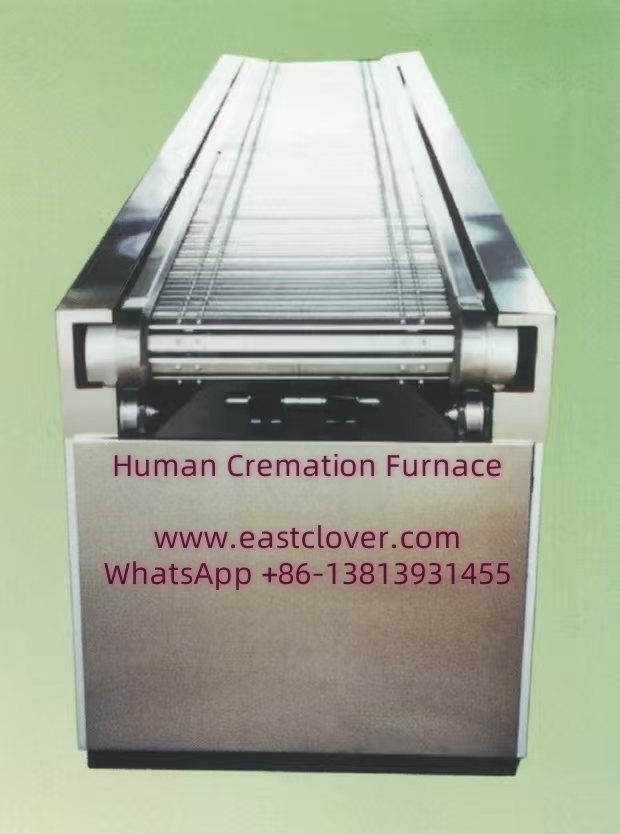Industrial Human Cremation Incinerator Equipment
Human cremation incinerators are specialized industrial systems designed to safely and respectfully reduce human remains to bone fragments and ashes through high-temperature combustion. These systems are critical in funeral services, medical facilities, and disaster management. This news explores the design, operation, environmental considerations, and technological advancements of modern human cremation incinerators.
Key Components of Cremation Incineration Systems
- Primary Combustion Chamber: Constructed with refractory bricks, it withstands temperatures up to 1,000°C to initiate decomposition.
- Secondary Combustion Chamber: Operates at 800–1,200°C to eliminate organic gases and particulate matter.
- Emissions Control Systems: Filters, scrubbers, and catalytic converters to capture pollutants like dioxins and mercury.
- Automation & Monitoring: PLCs and sensors regulate temperature, airflow, and combustion efficiency.
Environmental and Safety Considerations
Modern incinerators adhere to strict emissions standards (e.g., EPA, EU Directive 2010/75/EU). Key measures include:
- Scrubbers to neutralize acidic gases.
- Baghouse filters to trap particulates.
- Mercury capture systems for dental amalgam residues.
- Energy recovery systems to repurpose waste heat.
Safety protocols include automatic shutdown mechanisms, access controls, and continuous emissions monitoring.
Technological Advancements
- Automation: AI-driven systems optimize fuel consumption and reduce emissions.
- Alternative Fuels: Biofuels and electric-powered systems minimize carbon footprints.
- IoT Integration: Remote diagnostics and real-time data tracking enhance maintenance.
- Modular Designs: Scalable units cater to varying demand in urban and rural areas.
www.southclover.com
Human cremation incinerators combine engineering precision with environmental stewardship. As demand for eco-friendly end-of-life solutions grows, innovations in automation, emissions control, and energy efficiency will continue to shape the industry. These systems ensure dignity for the deceased while safeguarding public health and ecosystems.
Frequently Asked Questions (FAQs)
1. Are cremation incinerators environmentally safe?
Yes, modern systems use advanced filters and scrubbers to meet strict emissions standards, reducing pollutants by over 90%.
2. How long does the cremation process take?
Typical cremation lasts 1.5–3 hours, depending on body mass and equipment efficiency.
3. Can cremators handle medical implants or prosthetics?
Yes, but metals like titanium or pacemakers are removed post-cremation to prevent damage to the equipment.
4. Do incinerators release harmful gases?
Emissions are tightly controlled. CO₂ and water vapor are primary byproducts, with trace pollutants filtered out.
5. Can cremators use alternative energy sources?
Electric and biofuel-powered models are increasingly common, reducing reliance on fossil fuels.

Comments are closed